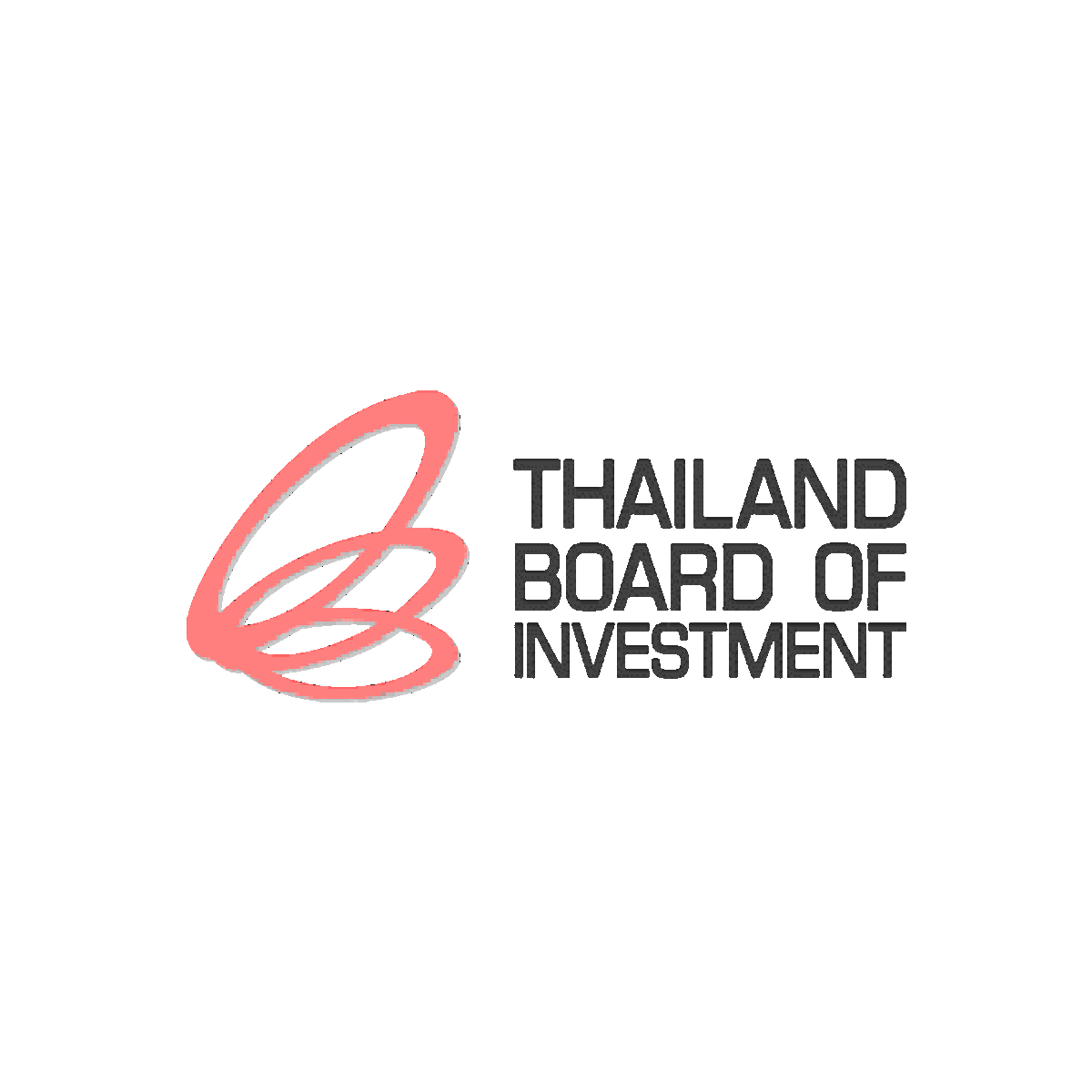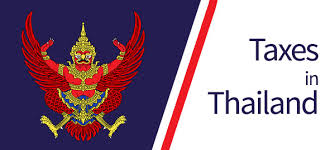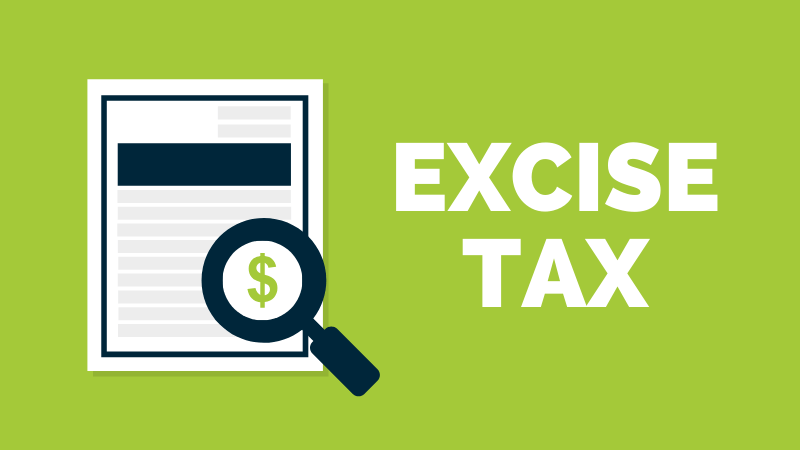A Study and Practical Guide to Thailand’s Corporate Income Tax System
About TMA Group
TMA Group is a professional company focusing on local recruitment and corporate consulting in Thailand, dedicated to providing one-stop services including recruitment, financial management, tax disposal, legal consulting, personnel management, etc. for enterprises and individuals. If you need more advice on investment in Thailand, please feel free to contact us.
I. Introduction
Corporate Income Tax (CIT) is a principal form of direct taxation in Thailand, levied on the income of enterprises and other legal entities within its tax jurisdiction. A correct understanding of its legal framework, scope of applicability, tax rate structure, and compliance obligations is fundamental to ensuring business continuity, tax compliance, and effective risk management. This paper systematically outlines the core components and practical filing procedures of the Thai CIT regime, based on the latest provisions of the Thai Revenue Code.
II. Legal Basis
The administration of corporate income tax in Thailand is primarily governed by Chapter 8, Sections 65 to 76 of the Revenue Code, and falls under the supervision of the Revenue Department of Thailand. Filing and payment services are facilitated via its electronic system, RD e-Filing.
III. Taxpayers
Entities subject to CIT include companies incorporated in Thailand and foreign companies with a Permanent Establishment (PE) in Thailand. These include, but are not limited to:
• Limited companies
• Branches of foreign companies
• Partnerships
• Trusts or funds
• Foreign entities conducting agency business in Thailand (e.g., permanent representatives)
Regardless of whether a company generates profits or is actively operating, it is required to file tax returns as long as its registration status is “Active.”
IV. Tax Rate Structure and Applicable Standards
According to announcements by the Revenue Department and interpretations of Section 65 of the Revenue Code, Thailand has adopted a unified standard corporate income tax rate of 20% since 2015, with progressive tax concessions granted to small and medium-sized enterprises (SMEs).
Type | Applicable Conditions | Tax Rate |
General Enterprises | Entities that do not meet the criteria for SMEs in terms of registered capital and revenue | 20% |
SME Enterprises | Registered capital not exceeding THB 5 million and annual revenue not exceeding THB 30 million | 0% for income ≤ THB 300,000; 15% for income between THB 300,001 and THB 3,000,000; 20% for the portion exceeding THB 3,000,000 |
BOI-Promoted Enterprises | Tax exemption granted based on the scope and period approved by the Board of Investment (BOI) | 0% for a period of 3 to 8 years |
Specific Industries | Including sectors such as shipping, oil and gas, and Regional Operating Headquarters (ROH) | Preferential tax rates ranging from 3% to 10% |
V. Determination of Taxable Income and Deductible Items
5.1 Principles for Calculating Taxable Income
According to Section 65 Ter of the Revenue Code, taxable income is calculated based on net profit adjusted in accordance with accounting standards, and further adjusted by adding or subtracting items specified under tax law. The main categories are:
Item Type | Examples | Tax Treatment |
Non-deductible Items | Expenses with informal receipts, personal expenditures, tax penalties | Must be added back to profit |
Deductible Items | Salaries and wages, social security contributions, legitimate depreciation, rent, travel expenses | May be claimed as business expenses |
Special Deductible Items | Qualified donations (up to 2% of net profit), R&D expenses, employee training | Deductible at double the actual amount under specific incentives |
Loss Carryforward | Tax losses incurred in prior years (up to five years) | Deducted against future taxable profits |
VI. Filing Obligations and Timeline
Filing Type | Reporting Period | Summary of Filing Content | Deadline |
PND 51 | Mid-fiscal year | Mid-year advance payment based on estimated profit | Within 2 months after mid-year end |
PND 50 | End of fiscal year | Annual profit calculation, audited financial statements, deduction details, and attachments | Within 150 days after fiscal year end |
Nil Filing | End of fiscal year | PND 50 must still be submitted even if there is no income or a loss | Same as above |
VII. Common Compliance Risks and Mitigation Recommendations
Risk Area | Consequences | TMA Recommendation |
Failure or delay in filing | Penalty (up to THB 200,000) | Plan schedules in advance with systematic reminders |
Improper treatment of depreciation and accruals | Taxable profit re-assessed by the Revenue Department | Maintain a fixed asset register and conduct annual reviews |
Use of non-compliant invoices | Expenses disallowed; profits artificially inflated | Accept only formal tax invoices |
BOI project not separately accounted | Tax exemption revoked; back taxes imposed | Set up separate accounting for BOI and non-BOI activities |
Non-disclosure of related-party transactions | Violation of transfer pricing rules; subject to significant fines | Prepare TP documentation and disclose on time |
VIII. TMA’s Tax Compliance Services
TMA Consultant Management Co., Ltd. provides comprehensive corporate income tax compliance services, including:
Financial statement auditing and pre-tax simulation
Annual and mid-year CIT return filing (in Chinese, English, and Thai)
Accounting and audit support for BOI enterprises
Transfer Pricing (TP) documentation preparation and submission
Taxpayer health checks and remediation of past compliance issues
Handling of tax audits and preparation of negotiation documentation
IX. Conclusion
Corporate income tax management is a systematic process that involves legal interpretation, accounting practices, invoice control, and audit coordination.
TMA is dedicated to offering professional, standardized, and efficient services to help both local and foreign enterprises establish stable and compliant tax structures in Thailand, ensuring sustainable business operations while minimizing tax-related risks.
TMA Consulting Management has been paying attention to the updating of information through newsletters for many years, but we do not assume any responsibility for the completeness, correctness or quality of the information provided. No information contained in this article can replace the personal consultation provided by a qualified lawyer. Therefore, we do not assume any liability for damages caused by the use or non-use of any information in this article (including any kind of incomplete or incorrect information that may exist), unless it is caused intentionally or by gross negligence.














